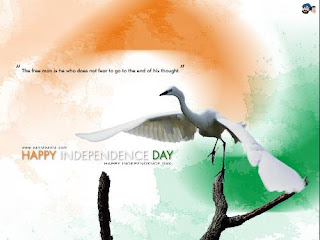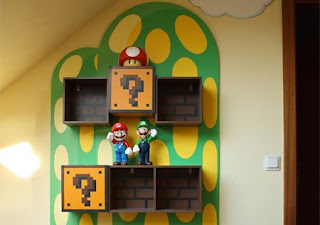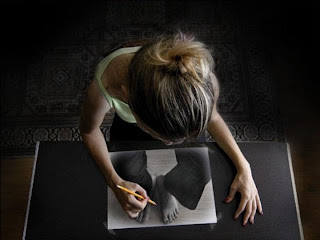RESUME
EDUCATION /Qualification:
1950: Stood first in BA (Hons), Economics, Punjab University , Chandigarh ,
1952; Stood first in MA (Economics), Punjab University , Chandigarh ,
1954; Wright's Prize for distinguished performance at St John's College, Cambridge,
1955 and 1957; Wrenbury scholar, University of Cambridge ,
1957; DPhil ( Oxford ), DLitt (Honoris Causa); PhD thesis on India 's export competitiveness
OCCUPATION /Teaching Experience :
Professor (Senior lecturer, Economics, 1957-59;
Reader, Economics, 1959-63;
Professor, Economics, Punjab University , Chandigarh , 1963-65;
Professor,International Trade, Delhi School of Economics,University of Delhi,1969-71 ;
Honorary professor, Jawaharlal Nehru University ,New Delhi,1976 and Delhi School of Economics, University of Delhi ,1996 and Civil Servant
Working Experience/ POSITIONS :
1971-72: Economic advisor, ministry of foreign trade
1972-76: Chief economic advisor, ministry of finance
1976-80: Director, Reserve Bank of India ;
Director, Industrial Development Bank of India;
Alternate governor for India, Board of governors, Asian Development Bank;
Alternate governor for India, Board of governors, IBRD
November 1976 - April 1980: Secretary, ministry of finance (Department of economic affairs);
Member, finance, Atomic Energy Commission; Member,finance, Space Commission
April 1980 - September 15, 1982 : Member-secretary, Planning Commission
1980-83: Chairman , India Committee of the Indo-Japan joint study committee
September 16, 1982 - January 14, 1985 : Governor, Reserve Bank of India ..
1982-85: Alternate Governor for India , Board of governors, International Monetary Fund
1983-84: Member, economic advisory council to the Prime Minister
1985: President, Indian Economic Association
January 15, 1985 - July 31, 1987 : Deputy Chairman, Planning Commission
August 1, 1987 - November 10, 19! 90: Secretary-general and commissioner,
south commission, Geneva
December 10, 1990 - March 14, 1991 : Advisor to the Prime Minister on economic affairs
March 15, 1991 - June 20, 1991 : Chairman, UGC
June 21, 1991 - May 15, 1996 : Union finance minister
October 1991: Elected to Rajya Sabha from Assam on Congress ticket
June 1995: Re-elected to Rajya Sabha
1996 onwards: Member, Consultative Committee for the ministry of finance
August 1, 1996 - December 4, 1997: Chairman, Parliamentary standing committee on commerce
March 21, 1998 onwards: Leader of the Opposition, Rajya Sabha
June 5, 1998 onwards: Member, committee on finance
August 13, 1998 onwards: Member, committee on rules
Aug 1998-2001: Member, committee of privileges 2000 onwards: Member, executive committee, Indian parliamentary group
June 2001: Re-elected to Rajya Sabha
Aug 2001 onwards: Member, general purposes committee
BOOKS:
India 's Export Trends and Prospects for Self-Sustained Growth -
Clarendon Press, Oxford University , 1964; also published a large number of articles in various economic journals.
OTHER ACCOMPLISHMENTS:
Adam Smith Prize, University of Cambridge , 1956
Padma Vibhushan, 1987
Euro money Award, Finance Minister of the Year, 1993;
Asia money Award, Finance Minister of the Year for Asia, 1993 and 1994
INTERNATIONAL ASSIGNMENTS:
1966: Economic Affairs Officer
1966-69: Chief, financing for trade section, UNCTAD
1972-74: Deputy for India in IMF Committee of Twenty on
International Monetary Reform
1977-79: Indian delegation to Aid-India Consortium Meetings
1980-82: Indo-Soviet joint planning group meeting
1982: Indo-Soviet monitoring group meeting
1993: Commonwealth Heads of Government Meeting Cyprus 1993: Human Rights World Conference, Vienna
RECREATION :
Gymkhana Club, New Delhi; Life Member, India International Centre,
New Delhi
PERSONAL DETAIL:
Name: Dr Manmohan Singh
DOB: September 26, 1932
Place of Birth: Gah ( West Punjab )
Father: S. Gurmukh Singh
Mother: Mrs Amrit Kaur
Married on: September 14, 1958
Wife: Mrs Gursharan Kaur
Children: Three daughters
Indian Prime Minister seems to be the most qualified PM in the world.
Free Template Blogger
collection template
Hot Deals
BERITA_wongANteng
SEO






































































